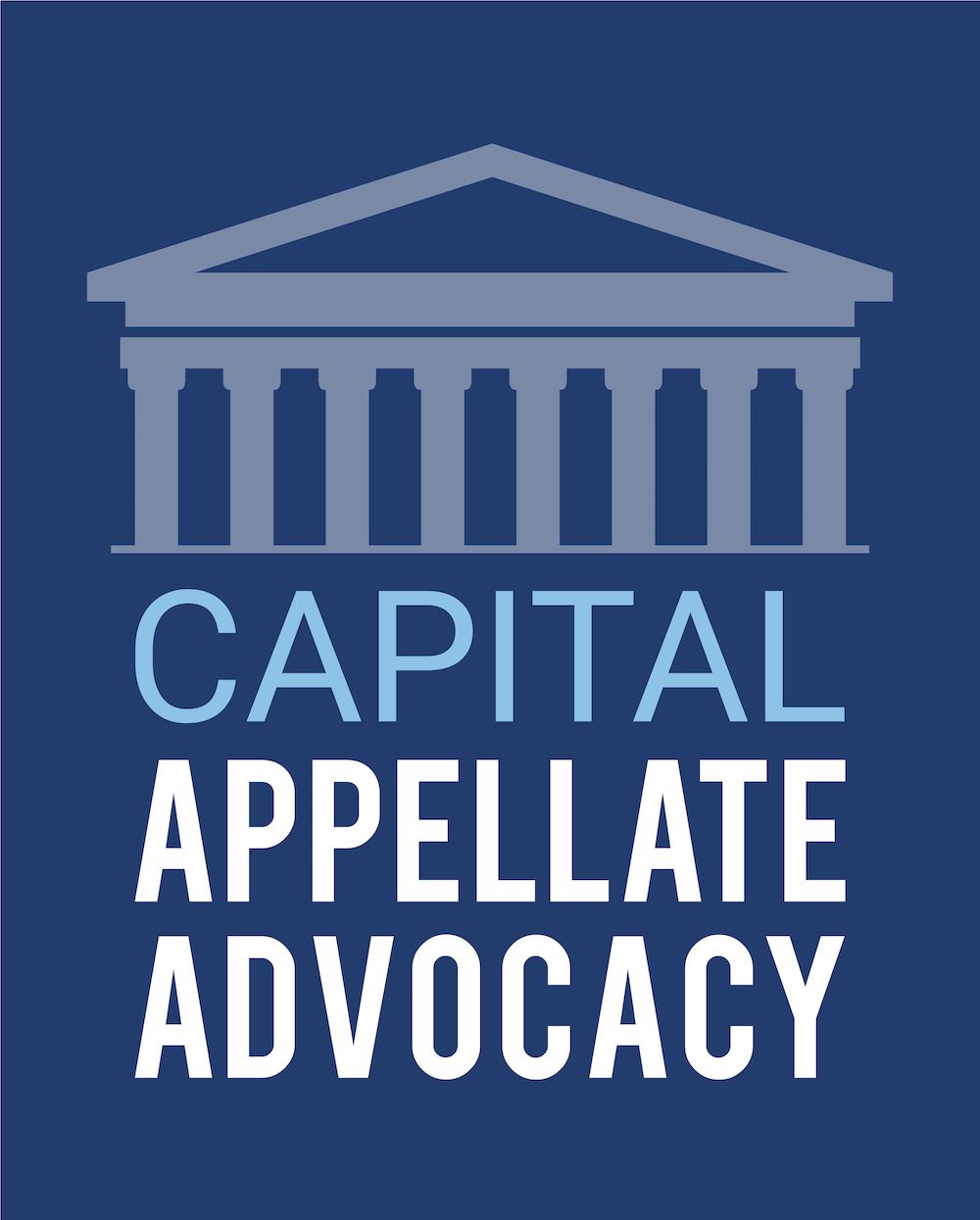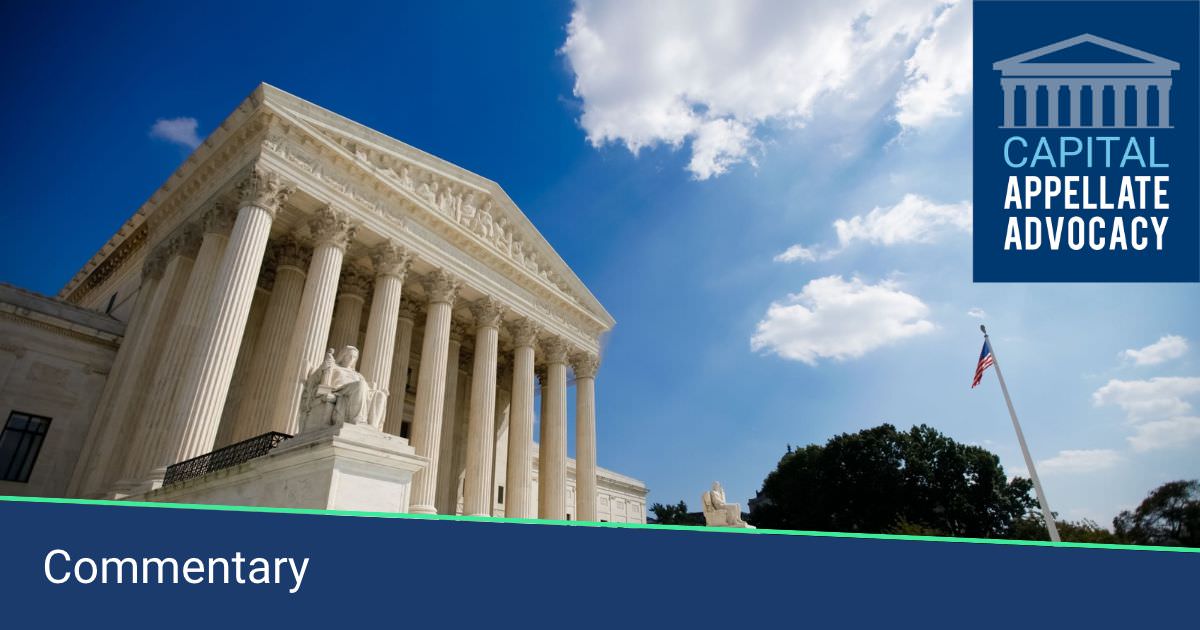For more than a year, Supreme Court Justices have been fiercely debating the proper role of stare decisis—adherence to precedent. They have engaged in this debate in cases that involved whether to overturn Supreme Court precedents on a variety of subjects. See Supreme Court Justices Continue To Debate When To Overturn “Bad” Precedent & Starry, Starry Fight? This week’s fractured 5-to-4 abortion-rights decision in June Medical Services LLC v. Russo strongly suggests, however, that the enormously controversial question of whether to overturn Roe v. Wade—the case that established a woman’s right to abortion—is the elephant in the courtroom.
Justice Breyer’s lengthy plurality opinion (joined by Justices Ginsburg, Sotomayor, and Kagan) in June Medical Services holds unconstitutional a Louisiana statute on the ground that it imposed a substantial obstacle to women seeking an abortion. In so concluding, the plurality found that “[t]his case is similar to, nearly identical with, Whole Woman’s Health,” a 2016 case holding that a nearly identical Texas statute was unconstitutional. Both statutes required doctors who perform abortions to have admitting privileges at a hospital within 30 miles of their clinics.
The following snippets from the concurring and dissenting opinions illustrate the Justices’ ongoing debate about whether, or how, the stare decisis doctrine should be applied, at least with regard to the Court’s abortion-related case law.
● In a separate opinion, Chief Justice Roberts concurred in the judgment. He explained that “I joined the dissent in Whole Woman’s Health and continue to believe that case was wrongly decided. The question today however is not whether Whole Woman’s Health was right or wrong, but whether to adhere to it in deciding the present case.” He the stated that “stare decisis requires us to treat like cases alike. The Louisiana law imposes a burden on access to abortion just as severe as that imposed by the Texas law, for the same reasons. Therefore Louisiana’s law cannot stand under our precedents.”
● Justice Thomas dissented. He stated that “[t]he Court’s current ‘formulation of the stare decisis standard does not comport with our judicial duty under Article III,’ which requires us to faithfully interpret the Constitution. . . . Because Roe and its progeny are premised on a ‘demonstrably erroneous interpretation of the Constitution,’ we should not apply them here.” He further stated “the fact that no five Justices can agree on the proper interpretation of our precedents today evinces that our abortion jurisprudence remains in a state of utter entropy.”
● Justice Alito also filed a dissenting opinion. His dissent states that “[t]he divided majority cannot agree on what the abortion right requires, but it nevertheless strikes down a Louisiana law. . . . To achieve this end, the majority misuses the doctrine of stare decisis . . . .” Referring to both Justice Breyer’s plurality opinion and Chief Justice Roberts’ concurring opinion, Justice Alito’s dissent further states that “[b]oth opinions try to create the impression that this case is the same as Whole Woman’s Health and that stare decisis therefore commands the same result. In truth, however, the two cases are very different. While it is certainly true that the Texas and Louisiana statutes are largely the same, the two cases are not.”
● Justice Gorsuch’s dissenting opinion states that “[a] deeper respect for stare decisis and existing precedents, [Chief Justice Roberts’] concurrence assures us, supplies the key to a safe way out. Unfortunately, however, the reality proves more complicated. Start with the concurrence’s discussion of Whole Woman’s Health. Immediately after paying homage to stare decisis, the concurrence refuses to follow the all-things-considered balancing test that decision employed when striking down Texas’s admitting privileges law.”
In his dissent, Justice Gorsuch asserted that “[i]n truth, Roe v. Wade . . . is not even at issue here.” While that may be technically true, Roe v. Wade is the elephant in the courtroom whenever the Court agrees to consider an abortion-related case. And sooner or later, the Court is going to have to directly address the question of whether stare decisis prevents Roe from being overturned.

